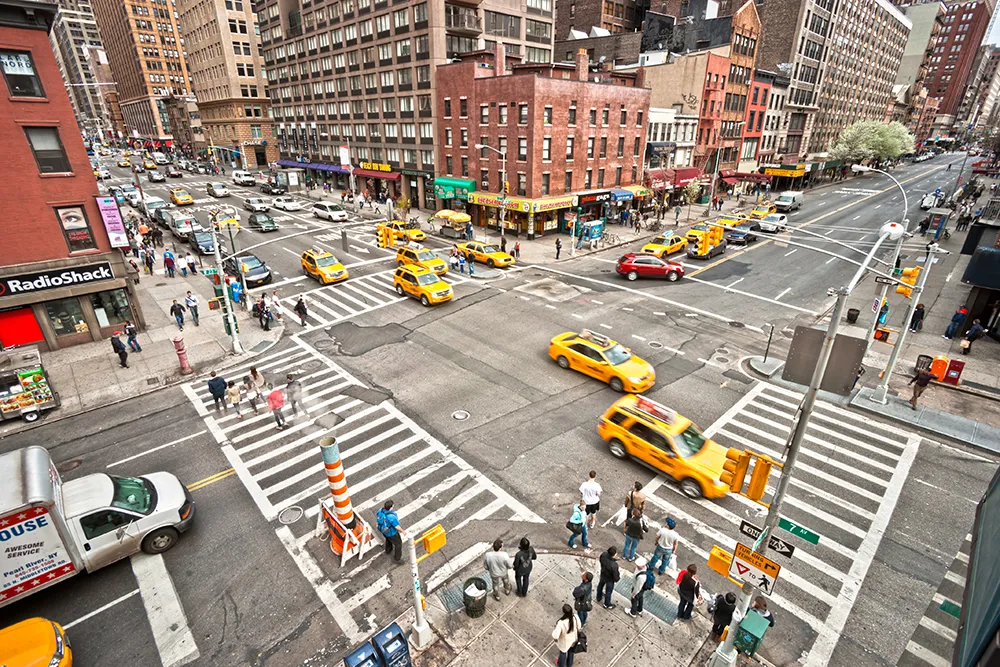Transport for London’s (TfL) latest road safety campaign ‘Kill Your Speed Not Your Mates’ aims to bring home to young drivers the consequences of speeding.
In 2012, 4,684 people in London were injured in collisions involving young drivers. The campaign targets young drivers with the clear message that they should take more care of the people they care about; their friends.
This road safety campaign is the latest of a series launched by TfL to reduce the number of people killed or seriously injured in
May 23, 2014
Read time: 2 mins
In 2012, 4,684 people in London were injured in collisions involving young drivers. The campaign targets young drivers with the clear message that they should take more care of the people they care about; their friends.
This road safety campaign is the latest of a series launched by TfL to reduce the number of people killed or seriously injured in the Capital. This continuing work takes an even handed approach, with campaigns working alongside each other to protect all road users. Last month new campaigns were launched focusing on collisions involving teenagers, older pedestrians and at junctions and next week, the Driver Cyclist tips campaign will also be re-launched, giving advice to both road users, and helping to reduce casualties on London’s roads.
Leon Daniels, managing director Surface Transport, Transport for London said: “Reducing casualties among all road users is a top priority for TfL and the Mayor. Our young car drivers campaign will help us continue towards meeting our ambition of a 40 per cent cut in deaths and serious injuries by 2020. Driving too fast for the circumstances is often a factor in road collisions. Young drivers can lack road experience so judging hazards can be difficult. This hard hitting campaign reminds young drivers that they are responsible for the safety of their friends and of the consequences of not taking care behind the wheel.”








